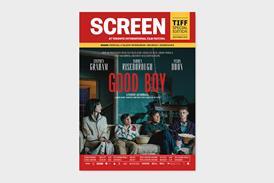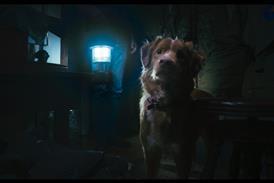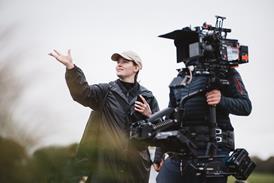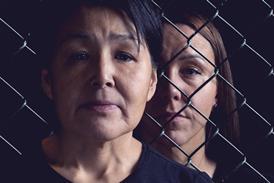Leading UK producers Ruby and See Saw are going out to investors together next week with a new EIS investment scheme designed to raise working capital for upcoming productions.
While there is growing excitement in the UK production community about new regulation surrounding the Enterprise Investment Schemes (EIS), one new EIS initiative came to my attention this week which struck me as both entrepreneurial and collaborative.
Two of the UK’s key production companies – Alison Owen and Paul Trijbits’ Ruby Films and Iain Canning and Emile Sherman’s See Saw Films – are going out to UK investors next week together in an attempt to raise £2m each for respective upcoming productions.
According to the current structure, each EIS investment scheme can raise £2m in a one-year period, with the maximum cap from individual investors at £500,000. Tax relief on that investment is an attractive 30%.
The idea to go to investors as a team came up when See Saw was renting office space from Ruby a couple of years ago and the two companies identified that the type of film and financing model for their projects were identical – director and script-driven films with budgets cobbled together through the traditional methods of tax incentives, presales, a broadcaster deal and gap finance.
Should they be able to raise the EIS funds, the opportunity exists to bring the money as working capital into their productions, retain a bigger position in each film and more upside potential. While the investment level of the EIS vehicle in each film is not fixed, it is likely it will represent a substantial piece of the budget depending on the size of the film. Using the examples of See Saw’s Shame, budgeted at £3.8m, and Ruby’s Jane Eyre at £7.5m, the benefits from such a sizeable chunk coming directly from the producers are evident.
All four principals will be taking meetings next week pitching the prospectuses for Ruby and for See Saw in the same room. They hope ideally that the high-net-worth individuals they are meeting will invest equally in both since the financial model is structured in exactly the same way and was created as such over the last six months. No films will be specified, but investors will be backing the track records and distributor relationships of the producers and the knowledge that the funds raised will go into one of Ruby’s next films and one of See Saw’s next films.
The companies have targeted specific individuals they are planning to pitch and the prospectus is private.
What’s so refreshing about the initiative is that it shows producers taking the initiative to control their own destiny rather than, as is the British film industry habit, giving away the upside to finance the film. The EIS is defined as a scheme designed to help “smaller higher-risk trading companies to raise finance” and the Ruby/See Saw partnership on fund-raising shows that entrepreneurialism at work, while bringing increased resources and stability (that overused word “sustainability”) to each outfit. Ironically, both companies are already diversifying by making both film and TV, and the EIS can be applied to both. See Saw just began production in Australia on Jane Campion’s miniseries Top Of The Lake, while Ruby is currently in production on Stephen Poliakoff’s £8m minisieries Dancing On The Edge for the BBC.
The scheme effectively puts them more in control of their own productions; and since they had the same requirements, they agreed to partner on creating the financial product together.
The ideal scenario is that each investor would choose to invest the maximum total of £500,000 - £250,000 in each company – although naturally each investor might choose to go the whole hog exclusively with one of the two companies.
Of course, subject to EU State Aid approval, hopefully sometime in 2012, the EIS film investment limit is being raised from £2m to £10m with a maximum individual investment cap of £1m. That means that Ruby and See Saw could each raise funds of £10m which would be another game-changer and in that case, the money could be diversified across different projects and activities.
But for now, these two companies are raising money to get their films made and own a bigger piece of the finished product. That could stop them from having to reinvent the wheel each time around.









![[Clockwise from top left]: 'The Voice Of Hind Rajab', 'A House Of Dynamite', 'Jay Kelly', 'After The Hunt', 'The Smashing Machine'](https://d1nslcd7m2225b.cloudfront.net/Pictures/274x183/1/7/0/1459170_veniceawards_837515.jpg)












No comments yet